Best Rangefinder Benefits for Bowhunting and Rifle Hunting
At The Optic Zone, we know accuracy matters. Whether you’re sitting in a treestand with your bow, glassing the bean field with your rifle, or pushing the boundaries of your marksmanship at long range shooting, having the right tools in your pack can make or break your hunt. One of the most valuable tools you can carry is a laser rangefinder.
Hunters often underestimate the rangefinder’s role, but this compact device delivers serious performance. In this guide, we’ll walk you through how a rangefinder improves accuracy, ethical shot placement, and overall success in three core hunting situations: bowhunting, rifle hunting, and long-range hunting. You’ll also get key feature insights and product tips—straight from the team at The Optic Zone.
Why Use a Rangefinder? Precision You Can Trust
When it comes to a clean, ethical shot, guessing isn’t good enough. The modern rangefinder provides accurate distance readings in real time, factoring in elevation and even ballistics in advanced models. That’s why more hunters are upgrading their optics setup to include a rangefinder as part of their go-to gear.
At The Optic Zone, we’ve tested a wide variety of rangefinders in the field and seen firsthand how they help:
- Eliminate distance guesswork
- Improve first-shot accuracy
- Enable informed, ethical shooting decisions
- Enhance hunter confidence in any terrain
Let’s break it down by the type of hunt.
Bowhunting: Precision at Close Range
Bowhunters benefit hugely from laser rangefinders, perhaps more than any other group of hunters. At typical archery distances (20–50 yards), even a yard or two of misjudged distance can mean the difference between a clean hit or a miss
Why a Rangefinder Matters for Bowhunters
- Arrows drop fast. Even a few yards of miscalculation can send your arrow off target.
- You can pre-range landmarks. Trees, stumps, and rocks can be used as distance markers so you’re ready when game walks in.
- It takes pressure off the moment. Knowing the exact yardage lets you pick the right sight pin with confidence.
Must-Have Features for Bowhunters
- Angle Compensation (ARC): Especially useful when hunting from a treestand or hillside. ARC calculates the true horizontal distance so your shot hits where it should.
- Fast Readout Speed: You don’t want to wait while a deer moves out of range. Quick data = faster shot decisions.
- Target Priority Modes: Brush or Last Target mode helps ignore twigs and brush between you and your target.
Field Tip from The Optic Zone
Bowhunters often benefit from rangefinders that are lightweight, fast, and simple to operate with one hand. Look for a weather-resistant model that won’t fog up during early-morning sits. Below are two recommendations with the bowhunter in mind.
More Bowhunting Rangefinder Advantages
- Confidence on longer shots: Many bowhunters practice out to 40 or 50 yards. A precise reading ensures you’re choosing the right pin, every time.
- Mapping your stand area: Use your rangefinder before the action starts to mark the distances you feel comfortable to shoot.
- Better decision-making: You’ll quickly know whether a deer is inside your comfort zone or better left alone.
Rifle Hunting: Mid-Range Precision That Matters
For rifle hunters, rangefinders are equally game-changing, especially as shooting distances increase with improved cartridges and optics. A rifle bullet travels much faster than an arrow, but bullet drop still becomes significant at a few hundred yards. Misjudging a deer’s range by even 50 yards can result in a poor hit or clean miss when shooting across a valley or large field. Laser rangefinders allow rifle hunters to get an exact distance to the target, enabling proper holdover or scope adjustment for that range.
- Better scope adjustments. Dial in your elevation or use holdovers based on exact range.
- Improved shot placement. You’ll know exactly when a target is within your effective range.
- Efficient target scanning. Range multiple landmarks to understand the lay of the land.
Features to Look for in Rifle Hunting Rangefinders
- Ballistics Modes: Many rangefinders offer basic holdover or drop info once you input your caliber or choose a preset.
- 6x to 7x Magnification: Offers a wide field of view while still giving you the clarity to pick out game.
- Scan Mode: Helpful when ranging a moving target or tracking across terrain.
- Red Display or Backlight: Easy to read in low light when game is most active.
Field Tip from The Optic Zone
We suggest pairing your rangefinder with a ballistics app so you can quickly reference your data. If you are a whitetail hunter, the Leupold RX-1400i TBR/W is a great starting point. For western game, check out the Sig Sauer KILO3K or Leica CRF Rangemaster Pro for enhanced ballistic modes and longer reach.

Practical Uses in the Field
- Post-shot confirmation: Use your rangefinder to mark shot distances for follow-up tracking.
- Cross-canyon shots: Ranging animals across valleys helps avoid over- or under-shooting.
- Stalk planning: Determine how far you need to close the distance before a shot opportunity.
Long-Range Hunting: Pinpoint Accuracy at Distance
One major requirement for long-range hunting is a rangefinder with extended range capability and high precision. Not all rangefinders are created equal in this regard, inexpensive units might reliably range deer out to a few hundred yards, where advanced models can range big game to a thousand yards or more. Knowing the exact distance will let you judge if a shot is ethical, given your skill and rifle’s capability.
Why Long-Range Shooters Need a Rangefinder
- Accuracy is critical. Small errors in distance make a huge difference in bullet drop.
- It aids in ethical decision-making. Know your limits and your gear’s capabilities.
- You can plan your approach. Range terrain features to plan your stalk effectively.
Key Features for Long-Range Use
- Extended Ranging: Look for 1,000+ yard capability on deer-sized targets. Reflective target ranges may reach 2,000–4,000 yards.
- Advanced Ballistic Calculators: Top-tier rangefinders can display drop, holdover, or even connect with apps and smart scopes.
- Tripod Compatibility or Image Stabilization: Long distances mean steady ranging matters.
- Bluetooth/App Integration: Sync with phone apps or ballistic solvers for in-field dope.
Field Tip from The Optic Zone
We recommend the Leupold RX5000 TBR/W or Revic BR4 for serious long-range shooters. These models feature Applied Ballistics integration, environmental sensors, and advanced ballistic solvers.
If you are glassing often, consider a rangefinding binocular like the Vortex Fury HD 5000, Revic Acura BLR10b or the Leupold Range HD TBR/W for all-in-one performance.

More Long-Range Scenarios
- Zeroing in at long distances: Use your rangefinder to confirm target distance while you are practicing.
- Weather and wind integration: Some rangefinders work with weather meters to factor in real-time shooting conditions.
- Maximizing first-shot success: Long-range ethics rely on hitting your mark—rangefinders help ensure you do.
Essential Features Checklist
Here are key features to compare when shopping with us at The Optic Zone:
| Feature | Why It Matters |
| Angle Compensation | Ensures proper aiming on angled shots. |
| Ballistic Modes | Calculates holdovers and drops. |
| Magnification | Helps spot and aim at distant targets. |
| Scan Mode | Tracks moving game or pans the landscape. |
| Target Priority | Filters brush or focuses on small targets. |
| Display Type | OLED (low light) vs. LCD (bright light). |
| Waterproof/Weatherproof | Holds up in harsh conditions. |
| Size & Ergonomics | One-hand operation for fast use. |
The Optic Zone Advantage
When you shop with The Optic Zone, you’re not just buying gear, rather you’re getting experience, guidance, and a hunting partner. Our team has logged countless hours in the field, testing optics in real-world scenarios. We carefully select rangefinders based on field performance, reliability, and value for our customers.
Why choose us?
- Expert advice from real hunters
- Top brands and latest models
- Fast, friendly support
- Competitive pricing and deals
Our customers trust us because we offer more than just specs, we give honest feedback, recommendations, and real insight into what works.
Practical Rangefinder Tips
Here are a few extra tips from The Optic Zone team:
- Use your rangefinder during scouting: Mark distances to natural funnels or food sources.
- Practice ranging different types of terrain: Rocks, trees, and game all reflect light differently.
- Double-check at dawn or dusk: Light conditions can affect readability—adjust brightness if needed.
- Keep your lens clean: A dirty lens can affect laser accuracy.
- Always bring a spare battery: Cold weather can drain batteries fast.
Final Thoughts: Invest in Accuracy, Hunt with Confidence
At The Optic Zone, we believe rangefinders are one of the smartest upgrades a hunter can make. They remove guesswork, improve accuracy, and help ensure ethical harvests. No matter your quarry or terrain, having a dependable rangefinder on hand puts you in control of your shot.
Whether you’re heading into bow season, chasing rutting bucks, or pushing your limits in the mountains, there’s a rangefinder built to match your hunt. And we’ve got it.
Explore our full selection of rangefinders at TheOpticZone.com and get expert advice from hunters who live for glassing, dialing, and making every shot count. Check out our post, the “6 most common mistakes hunters make while using a rangefinder“.


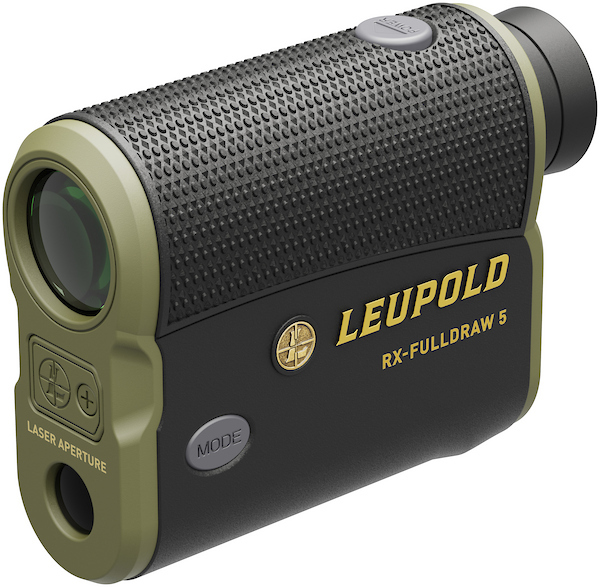
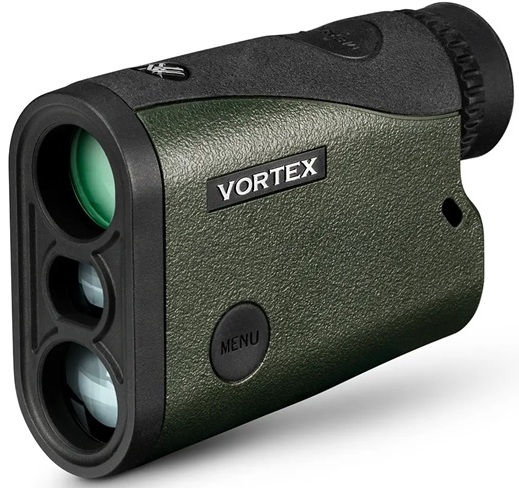

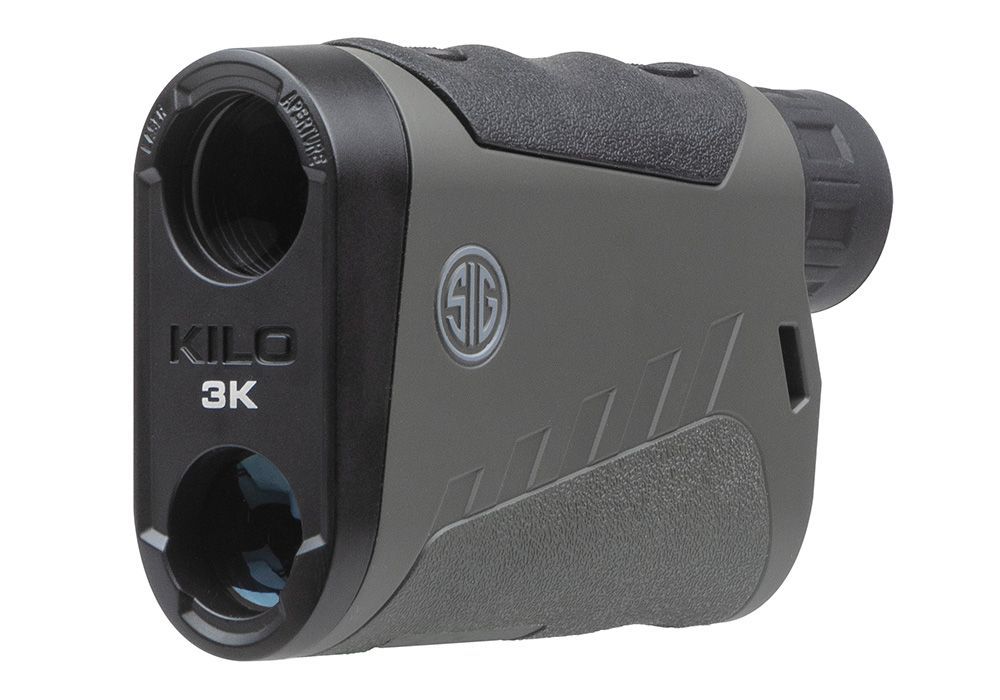
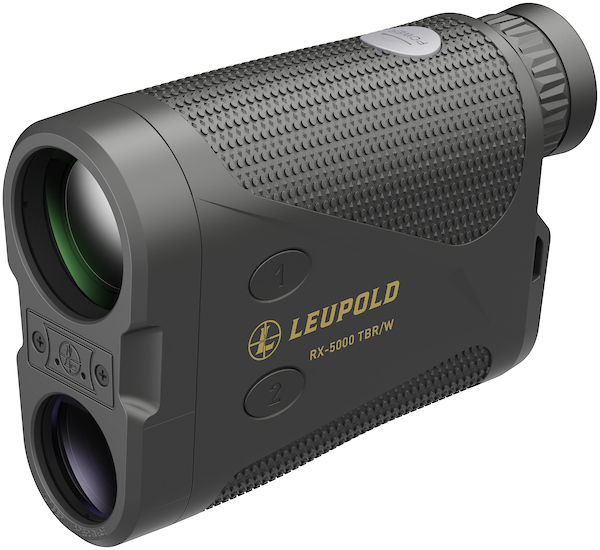

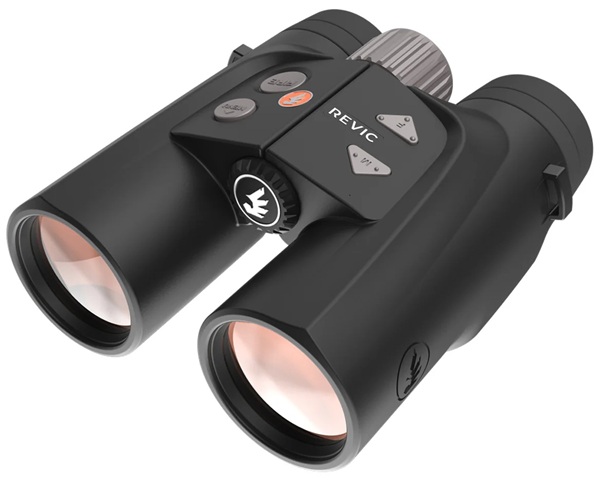
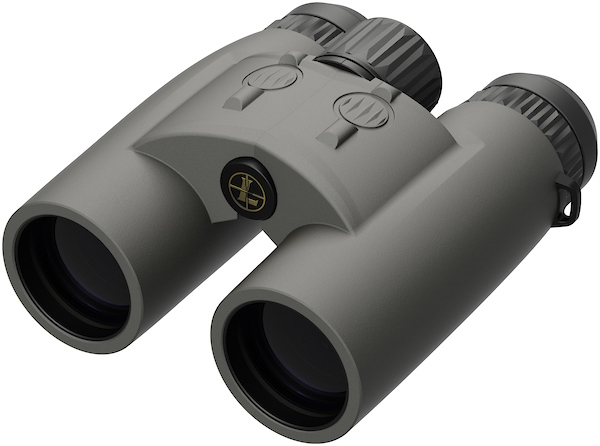

Leave a Reply
Want to join the discussion?Feel free to contribute!